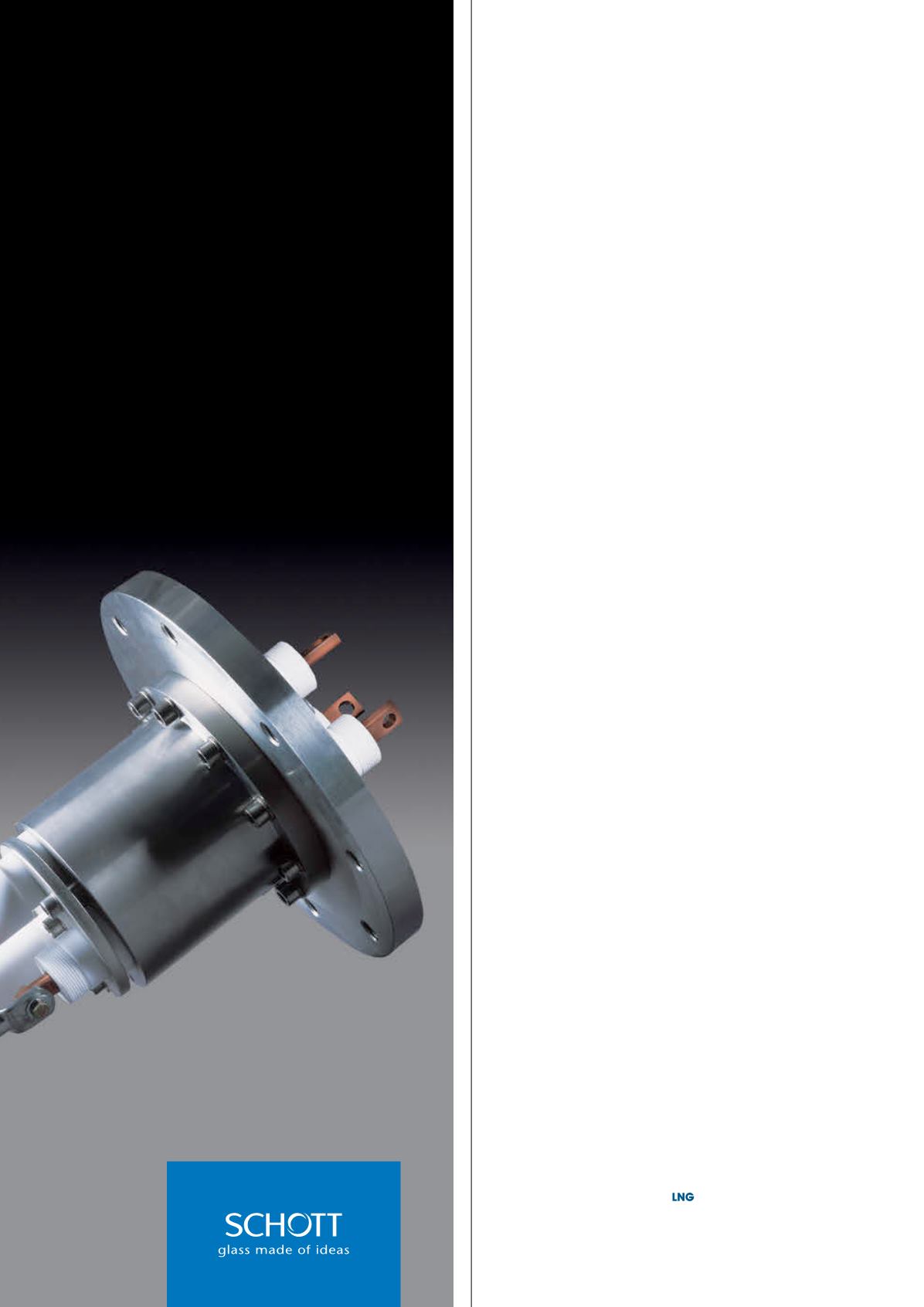
remainingQueensland projects should experience the same
success, and this experiencewill eventually benefit theWA
projects as well. A greater emphasis onmarketing and trading
activities is expected.
Take costs out
While Australia’s costs have come down significantly, they still
have further to go. Suppliers and employees should expect a
ruthless and relentless cost emphasis – the only variable the
projects can control.
Collaborate more
The projects are racking up a small but successful track record in
collaboration, including safety forums, emergency preparedness,
and shutdown and turnover planning and execution, but there are
still ample opportunities for greater collaboration to take out cost
and improve productivity.
Future directions
Australia’s LNG sector is well positioned to tackle its challenges
and ready itself for the future, but what does that future hold?
So long as oil prices remain low, fewgreenfield LNG projects,
including those in Australia, are likely to be sanctioned. This is,
therefore, setting up the country’s 10 projects as viable
competitors for brownfield expansion. Indeed, the economics of
LNG projects generally improves with expansion, since there is
often considerable latent capacity in the asset mix (such as
underutilised jetties, storage assets, power generation, and
control rooms).
The focus on completing the projects has limited the capacity
for innovation. Therefore, shortly after project completion, the
innovation agenda is expected to rise in importance. Many
innovative technologies have yet to establish a significant
presence in the industry, including social media, virtual reality,
the sharing economy, autonomous vehicles (rigs, trucks, drones),
additivemanufacturing, the internet of things, nanotechnology,
energy storage solutions, analytics, andmobile and tablet
computing.
The industry should also soon be undertakingmore
aggressive capital recycling programmes. Many of the gas
processing assets in the onshore value chains, including the
plants, water treatment facilities and pipelines, could be spun off
to third party operators. This would free up capital to finance
expansion of the gas fields to grow the sector. Themore
developed gas markets in North America have separated the
gas processing sector fromgas field owners, which has resulted
in a better optimised capital allocation that matches low return,
low risk assets with appropriate shareholders.
Finally, the overall industry will be seeking a significantly
lower regulatory burden, and Australia’s various governments
should be stepping up to assist. The industry competes for
capital with other global basins, and not for gas in Australia (the
competition for resources ended long ago). While suppliers,
owners and operators will do their best to improve sector
economics, the regulatory burden and related compliance costs
are a direct charge against the slim royalties governments need
to finance public sector debt, operations and social programmes.
Conclusion
Australia will be the world leader in the LNG sector and has
bright and exciting prospects as it races to conclude the
immediate slate of development.
Small component –
Big Impact.
SCHOTT Eternaloc
®
Terminal Headers
Electrical terminal headers are small, yet safety-
critical components of LNG vessels and terminals.
They hermetically feed electricity and data to
submerged LNG pumps, turbine expanders and
compressors. At the same time their quality and
reliabilty is critical to uphold the pressure vessel
integrity and therefore the safety of the entire
system. SCHOTT Eternaloc
®
terminal headers are
the safest, most proven solution available in the
market.
What’s your next milestone?


